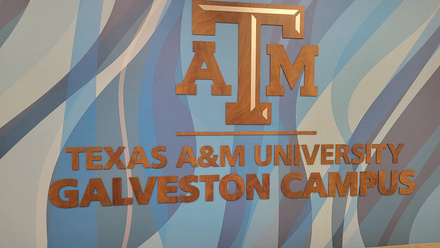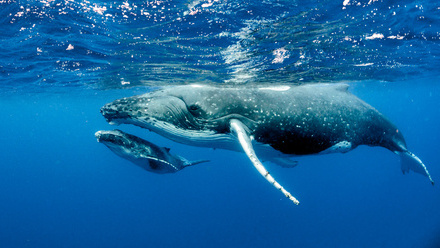International Submarine Races: going deep for CV points
Student engineers from across the globe gather to test their ingenuity as this biennial event aims to inspire the marine engineers of the future.
There are extracurricular projects and then there’s submarine racing.
Student engineers and the hostile environment of underwater exploration may not seem a natural mix but next year will see the 18th International Submarine Races (ISR), which will be held at the world-renowned David Taylor Model Basin at the Naval Surface Warfare Center in Carderock, Maryland, USA.
This after the recent European International Submarine Races (eISR) in July - the European edition taking place during the ISR's off-year, which was jointly hosted by IMarEST and QinetiQ - where the Omar 13 team from Montreal, Canada reigned supreme.
Last year’s ISR pulled together teams from the United States, Poland, the UK and Canada. The youngest competitor was a 14-year-old engineering enthusiast from Maryland who was inspired to build his sub after reading Twenty Thousand Leagues Under the Sea by Jules Verne, while other teams comprised students from leading universities around the world.
Both ISR and eISR races are biennial which allows 10 to 18 months to move from initial concept to being competition ready. Engineering challenges include the shape of the vessel, its propulsion system (propeller or non-propeller), underwater navigation, life support systems, safety requirements and in-water testing.
The race itself involves submerging to a depth of five to seven metres, and the pilot propelling the sub along a timed 100m course, guided by a string of lights on the bottom of the basin.
The submarines are ‘wet’, with pilots using scuba equipment for their air supply. Based on footage of the races, those of a claustrophobic nature should not volunteer to pilot.
“This race taps into the entire spectrum of classroom learning: laboratory experiences, personal learning, team building, and finally bringing all aspects of what one has learned to the real operational world in a world class facility,” enthuses Charles Behrle, President of event organiser, the Foundation for Underwater Research and Education (FURE).
“Creativity, knowledge, leadership, team building and making changes in real time when the plan falls apart, all play a part in a team’s learning experience.”
Keeping eyes on the prize
There are a range of prizes up for grabs, including a US$ 1,000 cash award for the submarine team that displays the best overall performance, US$ 750 for the most innovative non-propeller propulsion system, US$ 750 for the most innovative use of technology and, given it’s a race, a further award for speed.
Entries are now open for the 18th ISR in 2025 and Behrle urged students to sign up for: “An unparalleled experience that will test you in ways you cannot imagine and result in personal and professional growth.”
“How many people can say ‘I raced a human powered submarine?’” he asks, pointing out that alumni of the race include world-class engineers, leaders of industry and even a NASA astronaut.
Looking at the wider picture
Last year’s races took place shortly after the Titan disaster, when in June 2023 the Oceangate-operated submersible imploded on an expedition to view the Titanic wreck in the North Atlantic.
Behrle said the tragedy was discussed among race participants. “It brought home the idea that what they were doing has inherent risks that need to be thoroughly addressed,” he says. “Understanding the risks and the potential outcomes should those risks manifest themselves is key. Check, and double check your work, particularly when safety of life is part of the equation.”
With safety at the forefront, teams are already on board for the 2025 race, with organisers yet again expecting over 20 teams and 400-plus participants.
Tell us what you think about this article by joining the discussion on IMarEST Connect.
Main image: An entrant’s submarine is put to the test; credit: URE/Naval Surface Warfare Center.






